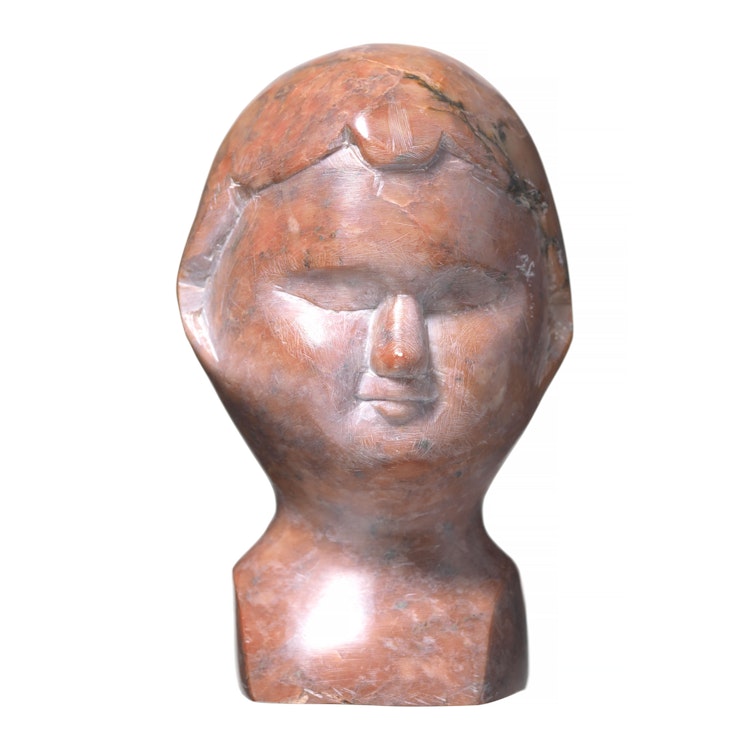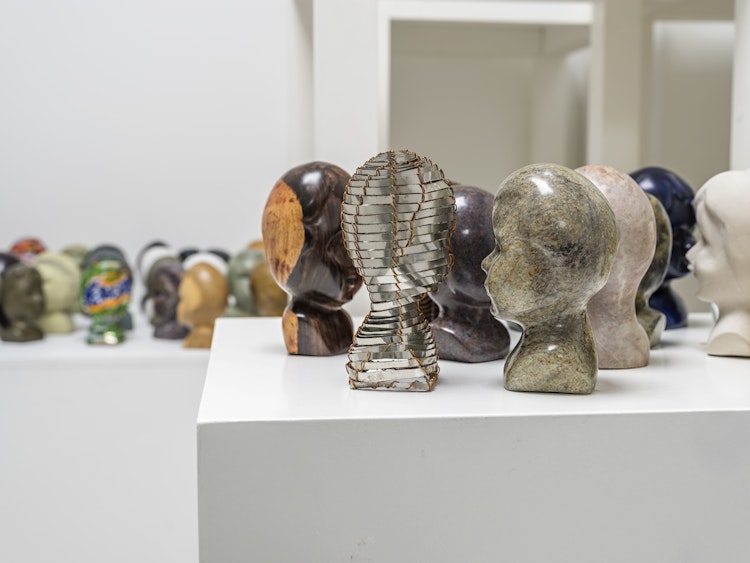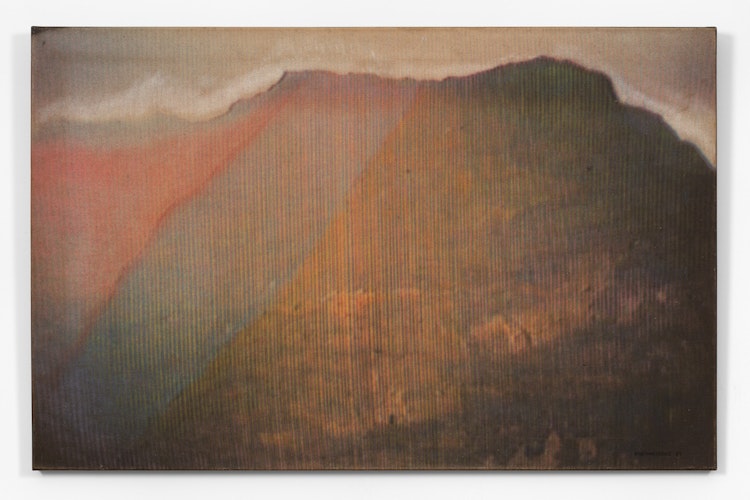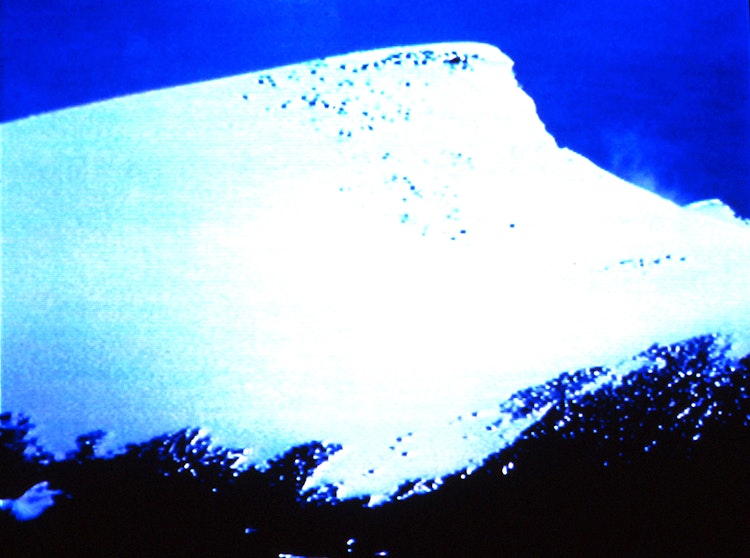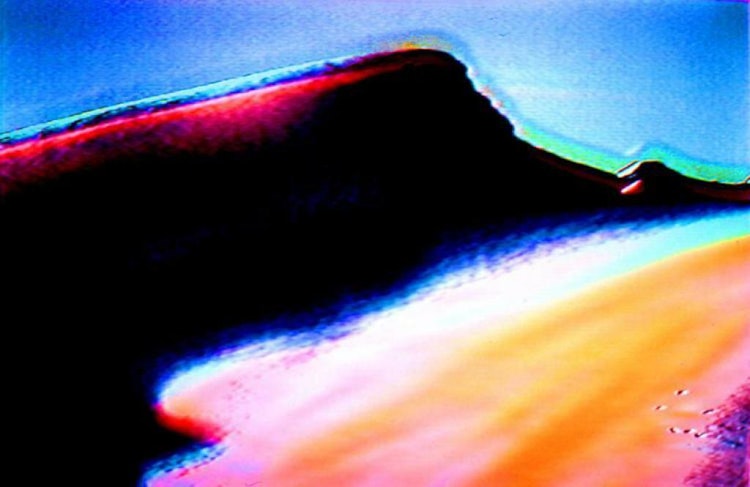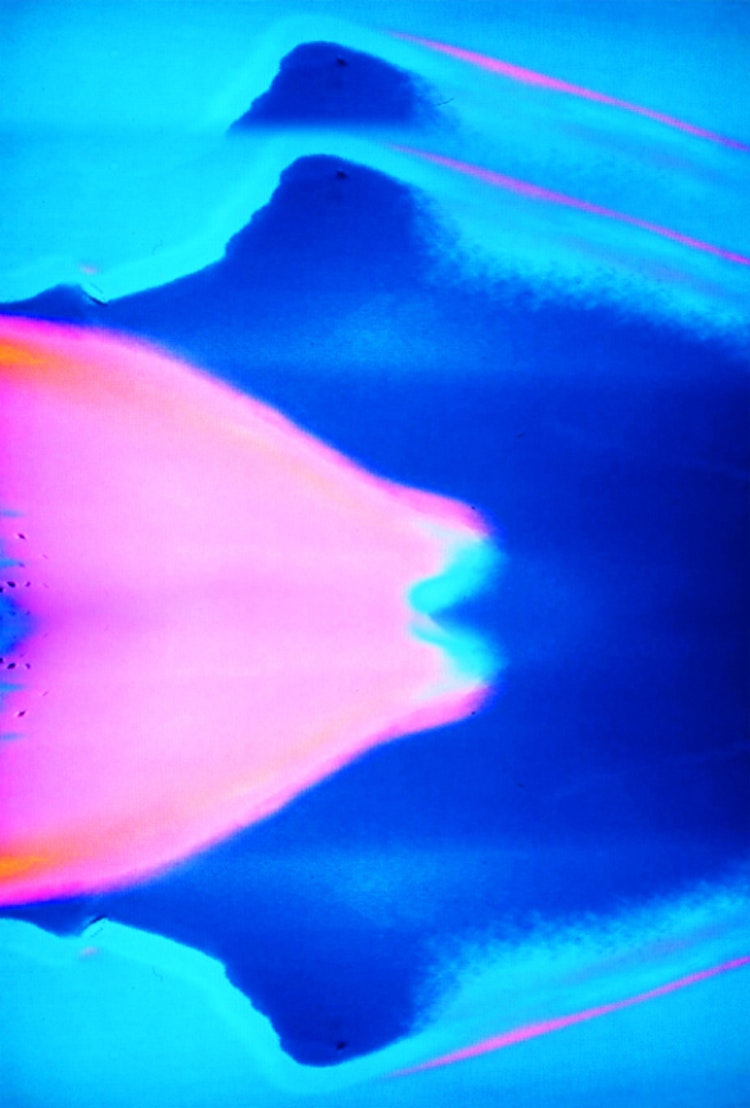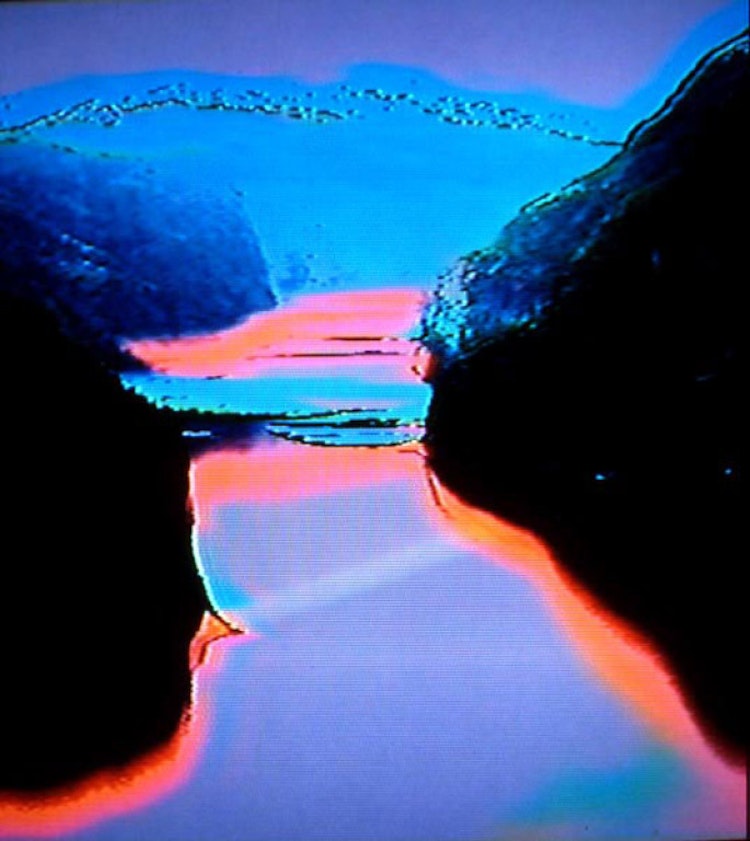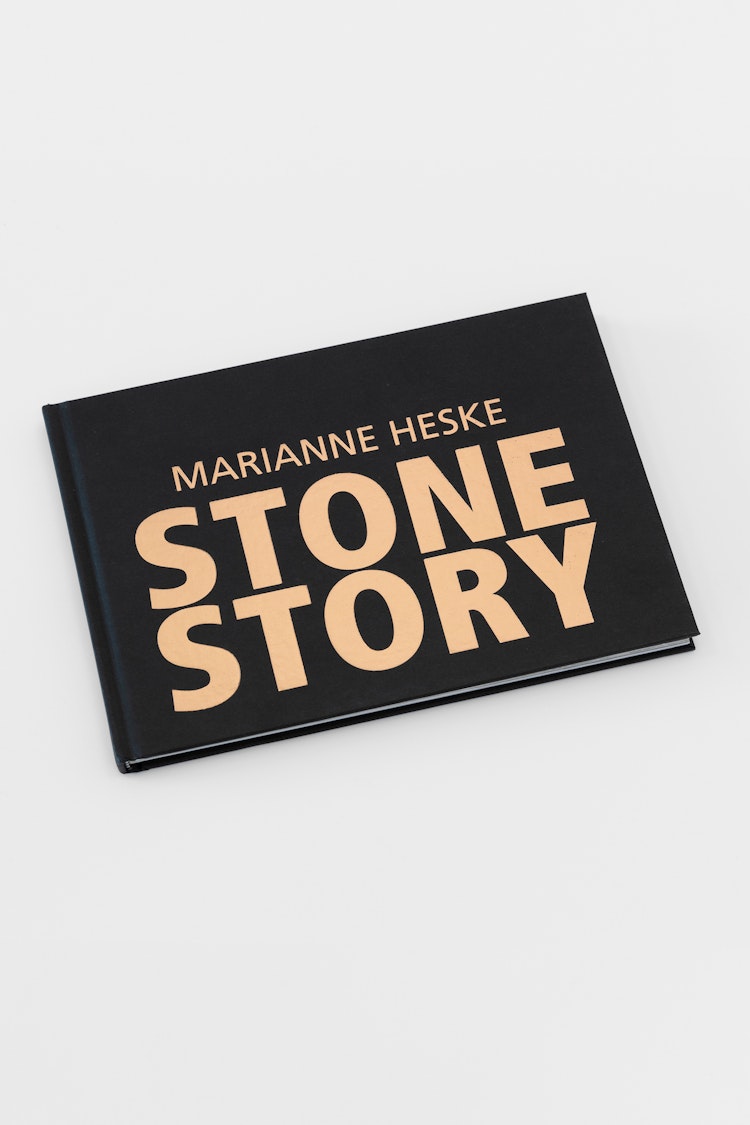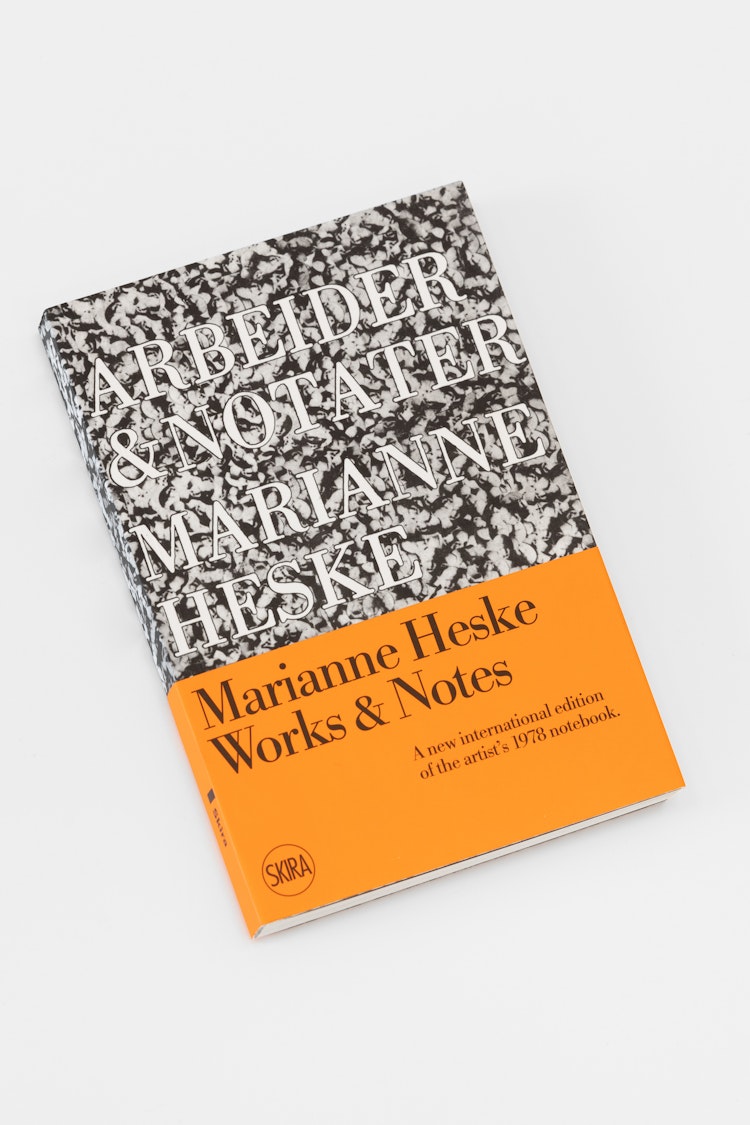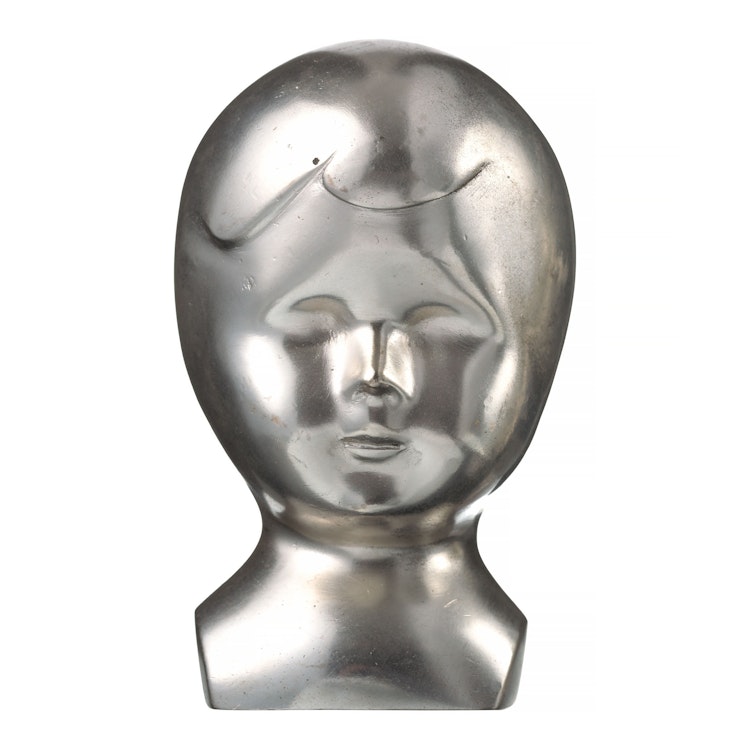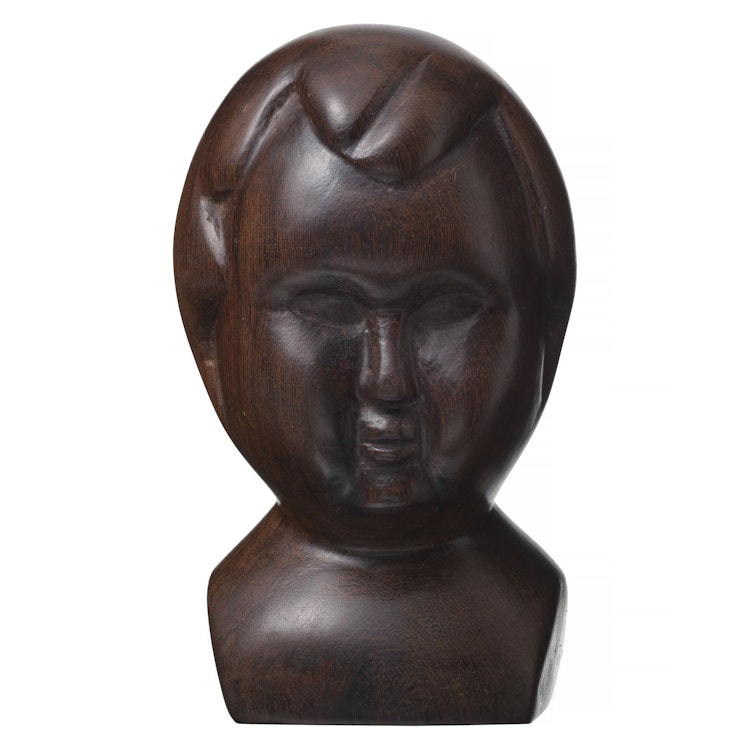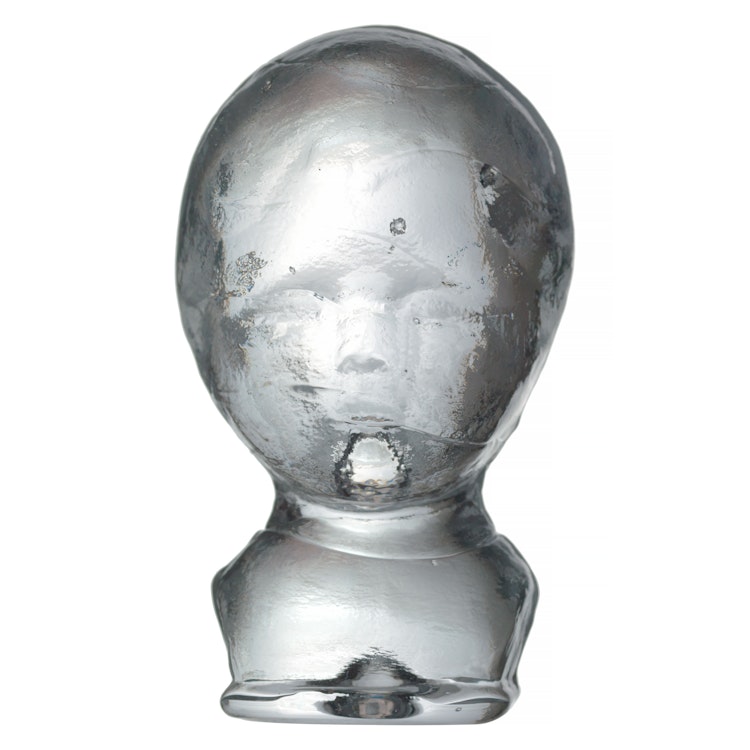Marianne Heske (b. 1946, Ålesund) was educated at Bergen School of Arts and Crafts, École Nationale Supérieure des Beaux-Arts in Paris, Royal College of Art in London, and Jan van Eyck Academie in Maastricht.
Heske is regarded as a pioneer of Norwegian conceptual art and has exhibited at museums worldwide throughout her career. In 1980, she created the historic work "Prosjekt Gjerdeløa", in which a 350-year-old mountain barn from Tafjord was dismantled and transported to Centre Pompidou in Paris as a conceptual gesture. Today, the work stands as a key piece in Norwegian art history and is permanently exhibited at Kunstsilo.
Her artistic practice spans sculpture, installation, video, and digital media. In the 1980s, she introduced her video paintings, an exploration of how video technology can be used in a painterly manner. Based on landscape footage—often filmed in the aftermath of natural disasters—she digitally processes the images into intense, almost painterly compositions. The camera functions as a brush, and the images are transformed through manipulated color tones and textures, where the unpredictability of nature meets the aesthetic potential of technology.
Heske’s work is included in the collections of all major museums in Norway, as well as international institutions such as Centre Georges Pompidou in Paris, British Museum in London, Bibliothéque Nationale de Paris, The Pushkin State Museum of Fine Arts in Moscow, the National Museum of Contemporary Art in Seoul, and the Shanghai Duolun Museum of Modern Art.
